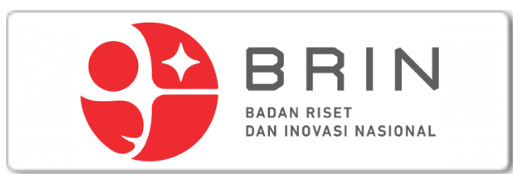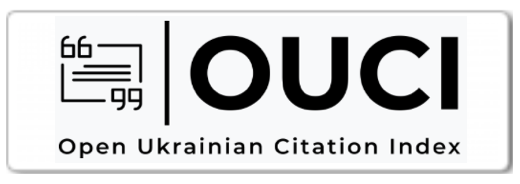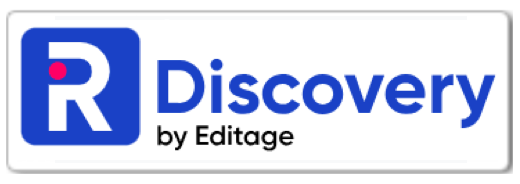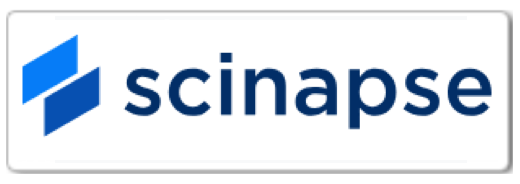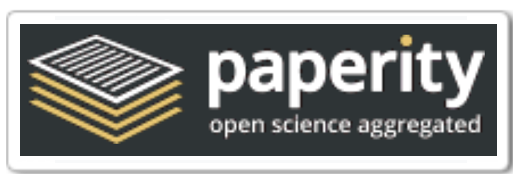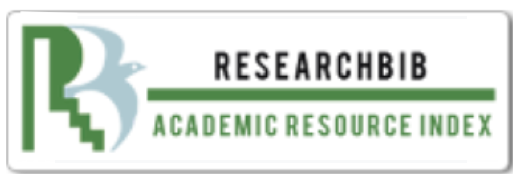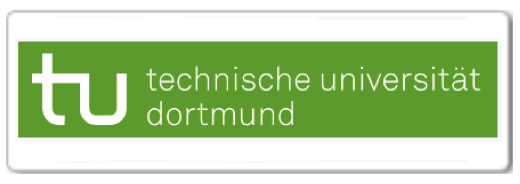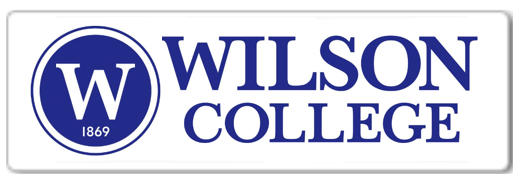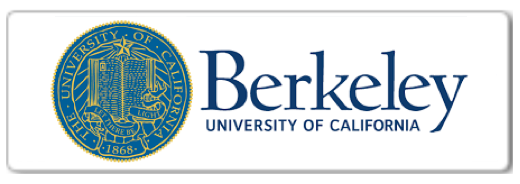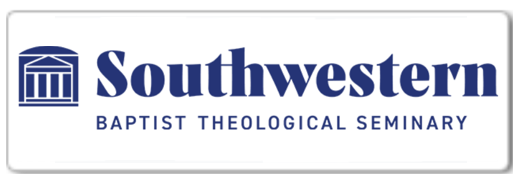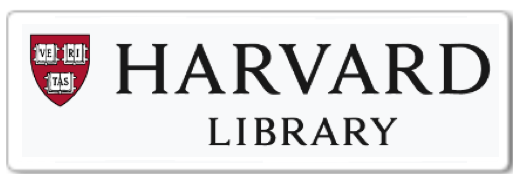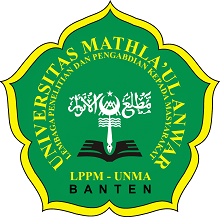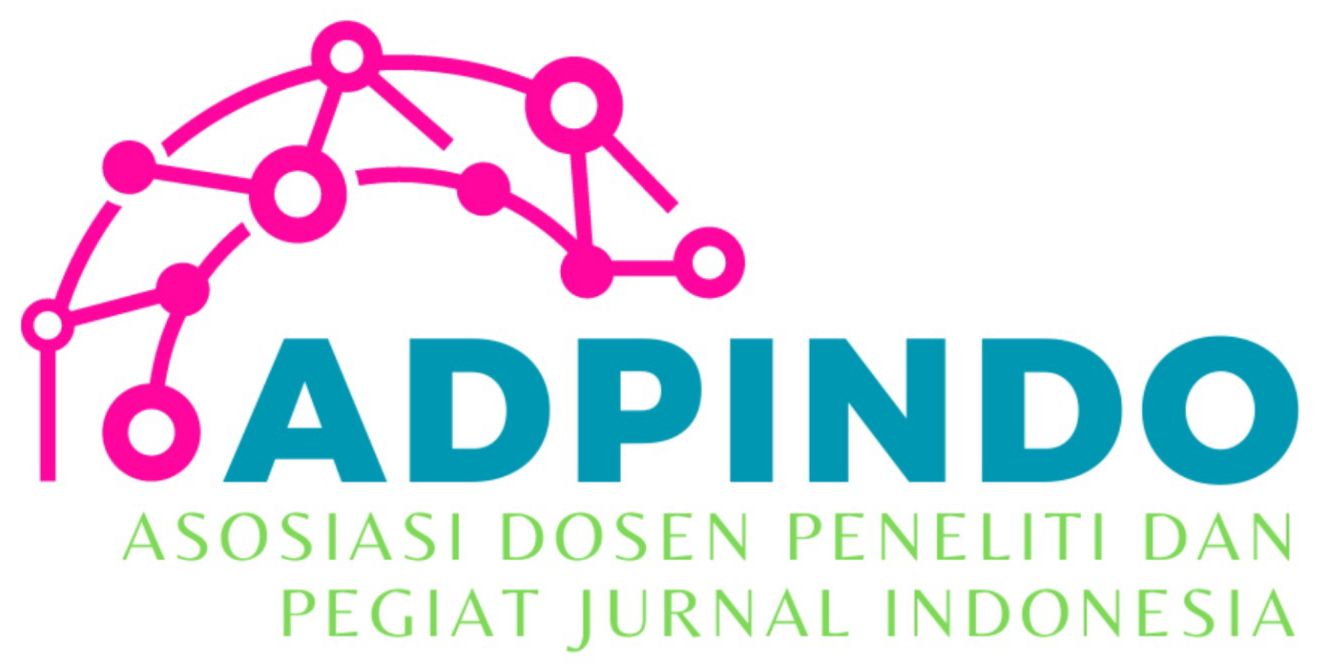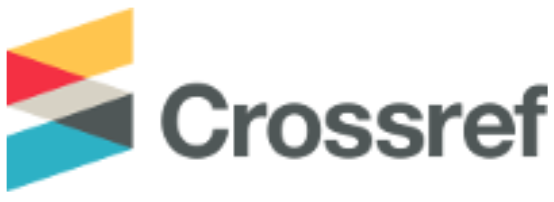EMPIRICAL ANALYSIS OF DEBT RECOVERY STRATEGY EFFECTIVENESS AND NON-PERFORMING LOAN MITIGATION IN GHANAIAN MICROFINANCE INSTITUTIONS: EVIDENCE FROM THE ASHANTI REGION
Main Article Content
Daniel Amoah
Doris Boakye
High non-performing loans (NPLs) threaten the sustainability of microfinance institutions (MFIs) in emerging markets like Ghana. This study investigates the effectiveness of debt recovery strategies, their impact on NPLs, and implementation challenges faced by MFIs in the Ashanti Region. Using a mixed-methods approach, data were collected from 315 respondents across 11 strategically selected MFIs through stratified sampling. Multivariate regression analysis assessed the impact of strategies on NPLs, while qualitative analysis explored implementation barriers. Grounded in agency theory, social capital theory, and relationship banking theory, the study finds that debt recovery strategies collectively explain 65.1% of NPL variation. Regular monitoring (β=0.235, p=0.003) and delinquency follow-up (β=0.232, p=0.001) have the most significant effects. Although borrower education is widely implemented, it shows limited statistical impact (β=0.022, p=0.748), highlighting a disconnect between perceived and actual effectiveness. Key implementation challenges include economic downturns, limited credit information infrastructure, and weak borrower cooperation. The study contributes a relationship-based framework for sustainable loan performance, advocating long-term partnerships over enforcement-focused approaches. It advances microfinance research by analyzing multiple strategies simultaneously rather than in isolation. Policy recommendations include creating shared credit databases, introducing counter-cyclical support measures, and promoting regulatory frameworks aligned with relationship banking. Practically, the findings help MFIs prioritize monitoring and follow-up in resource allocation, offering actionable insights for sustainable microfinance in Ghana and comparable emerging markets.
Bank of Ghana (2020). Annual report and financial statements. Available at https://www.bog.gov.gh/monetary_policy_rpts/banking-sector-report-report-may-2020/ Accessed on April 04, 2024
Brihaye, T., Pril, J. D., Labie, M., & Périlleux, A. (2019). Positive versus negative incentives for loan repayment in microfinance: A game theory approach. Review of Development Economics, 23(2), 577-597.
Ganzallah, F. S., & Wekesa, M. (2023). Debt Recovery Techniques on Loan Performance of Deposit-Taking Microfinance Institutions in Mombasa County, Kenya. The Strategic Journal of Business and Change Management, Vol. 10, Iss 2, pp 1069 – 1083.
Lamichhane, B. D. (2022). Loan delinquency in microfinance institutions (MFIs): Ways to overcome the problem. Nepalese Journal of Management Research, 2(1), 37-43.
Mia, M. A., Banna, H., Noman, A. H. M., Alam, M. R., & Rana, M. S. (2022). Factors affecting borrowers’ turnover in microfinance institutions: Panel evidence. Annals of Public and Cooperative Economics, 93(1), 55-84.
Msuya, R. K., Izumida, Y., & Uchiyama, T. (2019). Repayment Performance in Group Lending: The Case of BRAC Microfinance in Tanzania. International Journal of Environmental and Rural Development, 10(1), 122-128.
Muthama, K., & Warui, F. (2021). Influence of lending terms on loan performance of microfinance institutions in Kisii County (Case Study; Kenya Women Microfinance Bank). International Academic Journal of Economics and Finance, 3 (7), 21, 3(7), 21-44.
Mutuku, S. M. (2020). The debt restructuring strategies and the level of non-performing loans in microfinance institutions in Nairobi County (Doctoral dissertation, Egerton University).
Ngonyani, D., & Serbes, H. (2020). Loan Appraisal Protocol for Effective Microfinance Portfolio in Tanzania. International Journal of Public Finance, 5(2), 193-210.
Sahan, S., & Phimister, E. (2023). Repayment performance of joint‐liability microcredits: Metropolitan evidence on social capital and group names. Bulletin of Economic Research, 75(2), 287-311.
Sangwan, S., Nayak, N. C., & Samanta, D. (2020). Loan repayment behavior among the clients of Indian microfinance institutions: A household-level investigation. Journal of Human Behavior in the Social Environment, 30(4), 474-497.
Schwecke, S. (2022). Debt, Trust, and Reputation: Extra-legal Finance in Northern India. Cambridge University Press.
Sikira, R. (2021). Loan Recovery Procedures in Tanzania: A Case of Selected Microfinance Institutions in Dar-Es-Salaam, Tanzania. International Journal of Scientific Research and Management (IJSRM), Vol 9(5), Pages EM-2021-2172-2184.
Stănescu, C. G. (2021). Regulation of abusive debt collection practices in the EU member states: An empirical account. Journal of Consumer Policy, 1-38.
Tin, W. K. (2019). Evaluating the Effectiveness of Loan Recovery Strategies in Myanmar Microfinance Institutions: A Case Study of Proximity Finance. (Master’s Dissertation, Yangon University of Economics).
















